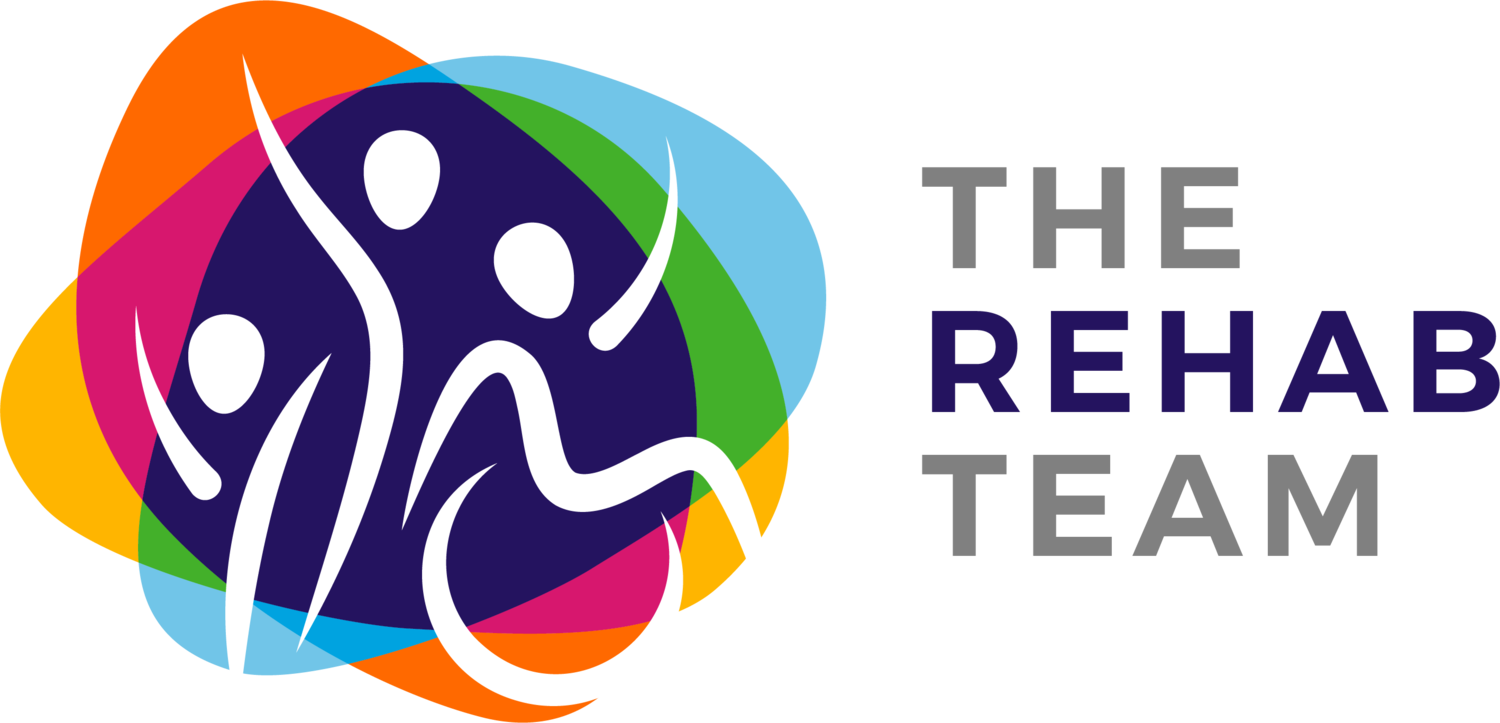Heat vs. ice: The great debate
Not sure when to reach for your heat or ice pack? Michael Davis, experienced Tauranga physiotherapist at The Rehab Team, helps clear the air.
Both cold and heat therapy are commonly used as self-treatment options to reduce pain. Despite this, there remains a lot of confusion on when to use ice, when to use heat or when to seek assistance from a health professional. This blog will touch on when to use heat or ice, when not to use it and how to use each modality to get the best results.
The purpose of cold and heat therapy is to use our bodies natural reaction to adapt to changes in temperature and blood flow to reduce pain.
Cold Therapy
Why use a cold pack?
Cold packs decrease circulation to an area by constricting the blood vessels which will help with reducing swelling and inflammation. After using a cold pack for a set amount of time (see below), excess fluid is removed through your lymphatic system. A cold pack will also provide a numbing sensation to alleviate some of your discomfort.
When should I use a cold pack?
A cold pack is most effective for acute injuries. Acute injuries are new injuries with swelling, pain or muscle spasms, such as a spasm in your neck, an ankle sprain, injury to your back or sharp pain. Acute injuries are most commonly treated with cold therapy for the first 48 to 72 hours.
How do I use a cold pack safely?
Apply a cold pack to the painful area for 15 to 20 minutes. If you are using frozen peas, or loose ice, wrap them in a wet towel or cloth. (Avoid a dry cloth as it decreases the effectiveness.)
Repeat the application of cold therapy every two hours.
Stop after 2 to 3 days. It is always recommended that you see a doctor or health care professional for injuries or pain.
Warning: If a cold pack is applied for too long, the ice can burn especially over areas like the ankle that only has a thin layer of skin.
Heat Therapy
Why use a heat pack?
Applying a heat pack will increase the circulation to that area of your body by dilating (opening) the blood vessels. This results in increased oxygen and nutrients that are essential for cell repair. If you are experiencing muscle spasms, the heat will help relax the area and allow tissues to be stretched more easily. It is an effective way to soothe pain, especially chronic pain.
When should I use a heat pack?
A heat pack is ideal for chronic or arthritic pain such as joint pain, back pain, osteoarthritic knees or neck pain that isn’t caused by an immediate injury.
Please note that if you suffer a flare-up of an existing condition and are in significant pain, treat it as an acute injury and use ice instead. Heat therapy can also exacerbate swelling and inflammation and may be potentially harmful to acute injuries which is why understanding the difference between heat and cold therapy for injuries is so important.
How to Use a heat pack safely?
If you’re using a heat wheat pack, check the heating instructions before placing it in the microwave.
Once heated, wait for 3 to 5 minutes and test the temperature on a person who is not injured.
Apply the heat pack to the affected area for 15 to 20 minutes.
The final word
In summary, cold therapy is best for acute injuries that have recently occurred or involve swelling, like a muscle strain or joint sprain. Heat therapy, on the other hand, is more beneficial for chronic pain from arthritis or recurrently tight or tense muscles. If you are unsure what to use, it is best to use a cold pack. Cold packs rarely exacerbate a condition in the way that heat can, by inducing swelling and inflammation. Be sure to always be careful applying both heat and cold therapy to an injury. Both can burn the skin if not used safely or applied for too long at a time.
Need help?
Visit your local healthcare professional or book an appointment with one of our physiotherapists who can help you deal with acute injuries, chronic pain and much more. The Rehab Team offers in-home physiotherapy that’s convenient for Tauranga locals as well as a clinic in Papamoa twice a week. If you found this article interesting and you would like to read more, you can check out our other blogs here.

